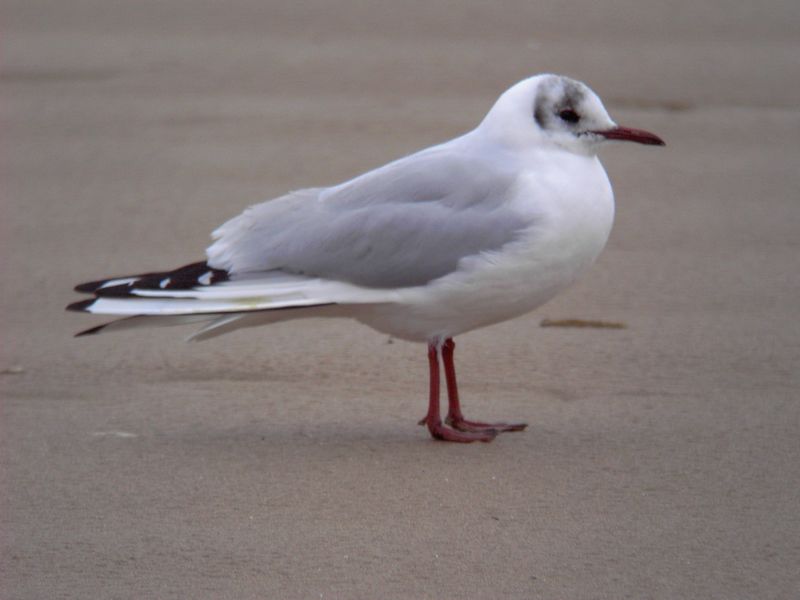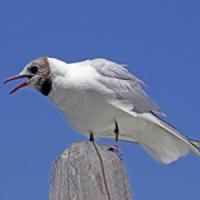- Home
- FAQs
- Customer Video Gallery
- Customer Photo Gallery
- Bird Facts
- Bird Food Blog
- Bird Information
- Feeding Advice
- Small Animal Information
- A to Z of Guinea Pigs
- A to Z of Hamsters
- A to Z of Rabbits
- Basic Care for Guinea Pigs
- Basic Care for Hamsters
- Basic Care for Rabbits
- Basic care for Chinchillas
- Basic care for Ferrets
- Basic care for Gerbils
- Basic care for Mice
- Basic care for Rats
- Buying a Healthy Small Animal
- Does your Reptile need a Licence
- Equipment for Ferrets
- Equipment for Hamsters
- Equipment for Mice
- Equipment for your Chinchilla
- Equipment for your Gerbil
- Equipment for your Guinea Pig
- Equipment for your Rabbit
- Keeping a House Rabbit
- Dog Information
- Cat Information
- Customer Information
- Fat Balls
- Suet Pellets
- Straights
- Seed Mixes
- Suet Treats
- Mealworms
- Bird Feeders
- My Account

| Scientific Name | Chroicocephalus ridibundus |
| Breeding | mid-April |
| Fledge Days | 34-36 |
| Incubation Days | 23-26 |
| Lifespan | 11years |
| Number of Clutches | 1 |
| Number of Eggs | 2-3 |
| Size | 36cm |
| Weight | 250-330g |
| Wingspan | 105cm |
Bird Family : Gulls
Black Headed Gull Facts - Information About Black Headed Gull
Black-headed Gull - Chroicocephalus Ridibundus
The Black Headed Gull is a typical Gull, it is by far the most common Gull of the region. The name is missleading as the adult birds have a Brown (not black) head.
The Black-headed Gull is the common Gull, so the 'Common Gull' is also miss-named, very confusing!
Identification:
Adult
- Adult sexes are alike.
- Plumage differs by season; Black-headed Gulls have a summer and winter plumage.
- Adult summer birds are unmistakable.
- They are the only common Gull that has an all dark head.
- They are a medium sized gull, slim and elegant in summer plumage.
- The entire bird is a combination of pearl grey, black and white. The ‘hood’ is a dark chocolate brown.
- Tail is white and the rest of upperparts are a pale pearl grey.
- Wings are pearl grey with black tips to the primaries, in flight a white wedge on the forewing is visible, underside of primaries is dark.
- Neck, breast and underparts are white.
- Head is dark chocolate brown.
- Bill is dark red, legs are red and eye's are black with small white crescents.
- In Winter plumage the dark hood is lost and the bird shows a dark ear covert patch and often some dark smudging around the eye.
- Bill will look more two-toned; red at base-dark at tip.
Juvenile
- Juveniles appear from April onwards and are totally different to adults.
- Gulls can take up to 4 years to mature.
- Each year a different plumage occurs.
- Black-headed is a 2 year Gull.
- By winter of the year they were born, young birds are similar to adult winters but show more dark feathering to the wings and a broad dark tail band.
Status and Distribution
The Black–headed Gulls a very abundant breeding resident in the UK with over 150,000 pairs.The Black-headed Gull occurs in all counties throughout the UK. In winter numbers increase with migrant continental birds.
Habitat/Food
Black-headed Gulls occur in all habitat types throughout the UK, they breed on estuaries but also inland at gravel pits and similar wet areas. They can be seen in almost any habitat ranging from woodlands, parks, gardens, farmland, to rivers, canals and reservoirs. Black-headed Gulls will come into the garden for scraps of food.
Song/Call
Call notes; Gulls are noisy on breeding grounds. The most frequent call is a loud ‘Krreeaar’ going down in tone, repeated many times also single ‘kek’ and ‘kik’ sounds.






